Japanese culture has many accompanying attributes, one of the main ones is considered to be a kimono. This model has been accompanying the life of almost every resident of the country for a long time. According to history, kimono used to include a certain set consisting of underwear, socks, shoes. For each important ceremony - tea, wedding, a certain set was suitable.
Taking measurements
A kimono is a wide, one-size-fits-all garment that is tied with a belt. It is considered both formal and casual clothing. The coloring determines the formality of the garment. Long sleeves are typical for a young girl, indicating the absence of a husband. The image is also influenced by the number of accessories, fabric, and the presence of a family crest. Silk is for special occasions, cotton and polyester are for everyday wear.
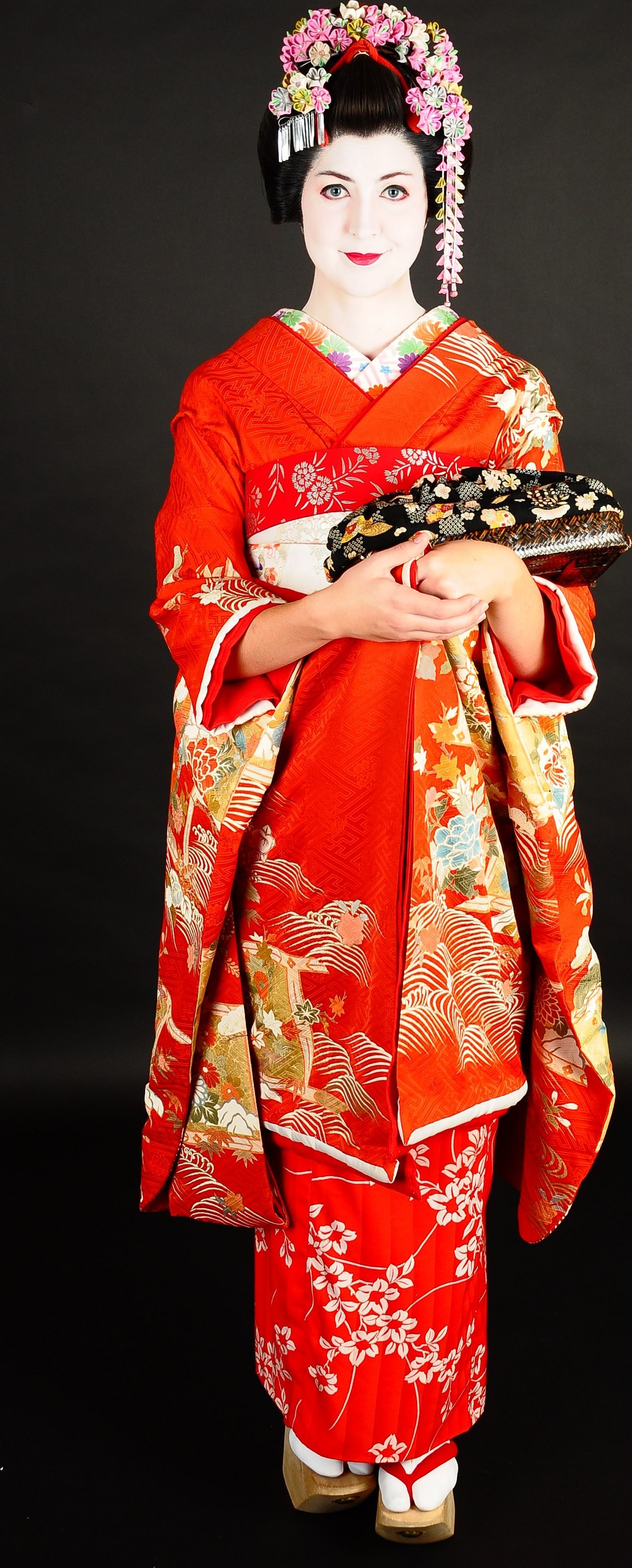
Please note! In Japan it is considered a feminine, attractive image.
To create the correct pattern, the seamstress needs to correctly take measurements from the model. It is important to take into account the DI — the length of the product. It is adjusted by creating a fold under the belt.
Standard sleeve sizes: length 54 cm, width 75 cm.
Necessary measurements:
- DI — product length;
- DL — back length;
- DR — sleeve length;
- DPT - front length to waist;
- SS - half neck girth;
- SG - half chest circumference;
- CT - half waist circumference;
- SB - half hip circumference.
Features of additional measurements:
- DR — sleeve length from the extreme point of the neck;
- DS + 2 cm - waist level;
- 1/3*SG + 10 cm - will show the armhole level.
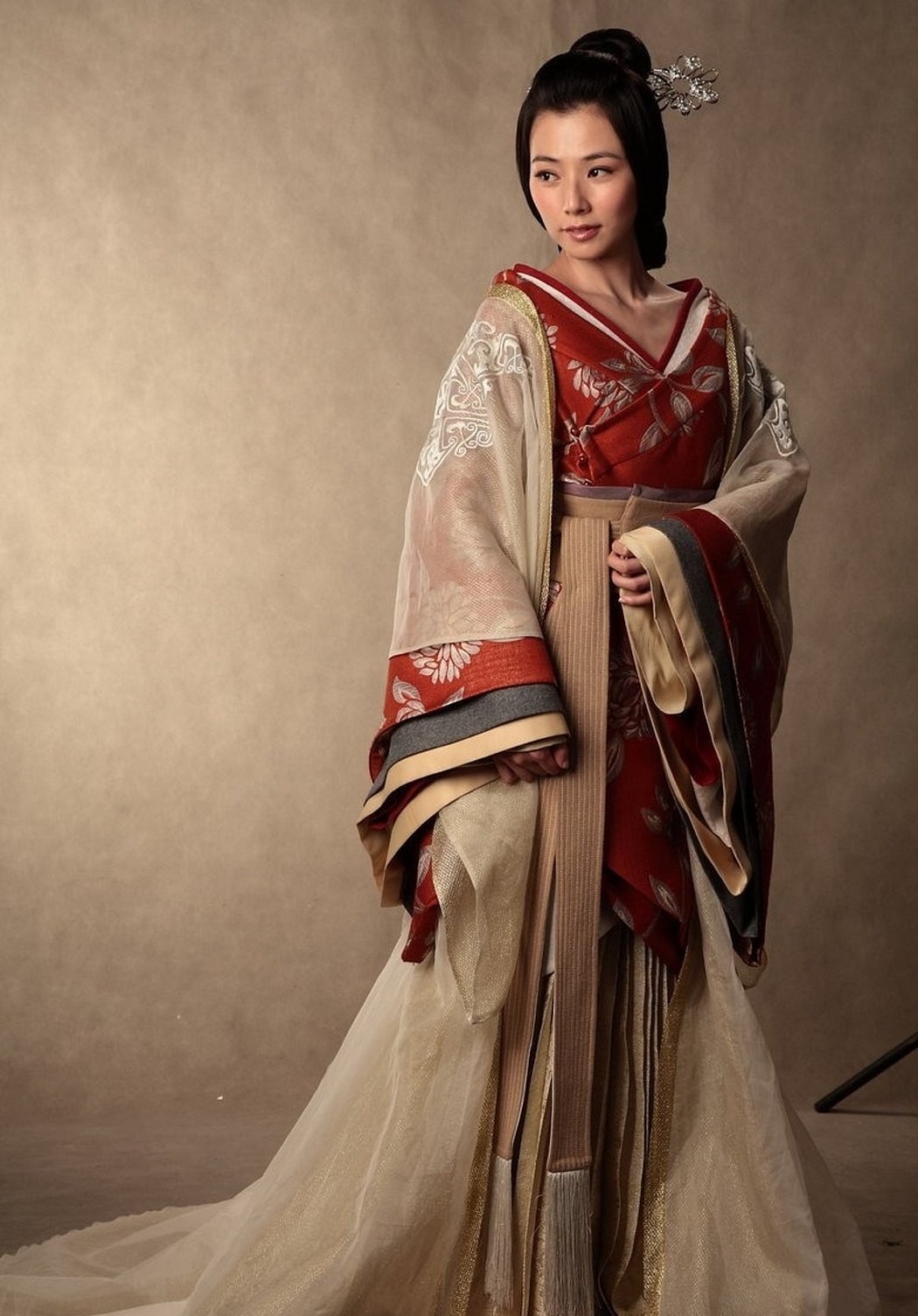
Kimono dress pattern
How to sew a kimono dress? The pattern of a dress with a kimono sleeve assumes the presence of fabric, cardboard with a width of 110 centimeters. For plump girls, it is recommended to provide for the presence of a stock of fabric in advance. In this case, the wedge is sewn into the side seam of the product.
Procedure for constructing a diagram:
- Cut out the back - consists of 2, 1 parts;
- Measure the neck diameter.
- Cut out the front in the same way as in point 1.
- For the sleeves, measure out rectangles. A bias sleeve can be made using 100x100 centimeter squares, measuring 30 cm from the top of the square. Then cut out the rectangle.
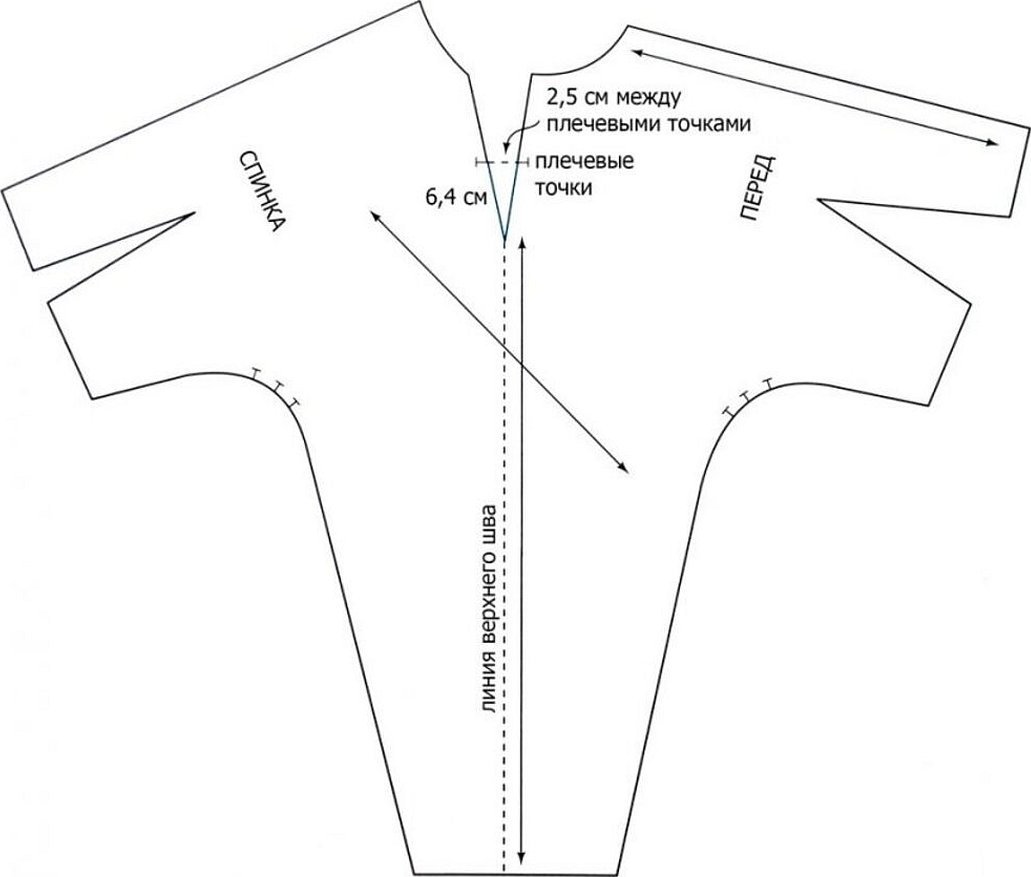
- Connect the cut area with the main part of the pattern along the shoulder line.
- Below the sleeve, continue the seam that will connect the back to the front.
- For the collar, fold the 12 cm wide material in half, then connect it to the back neckline, sew it to the triangular cut.
- Measure out the belt - a rectangle 5 m by 0.3 m.
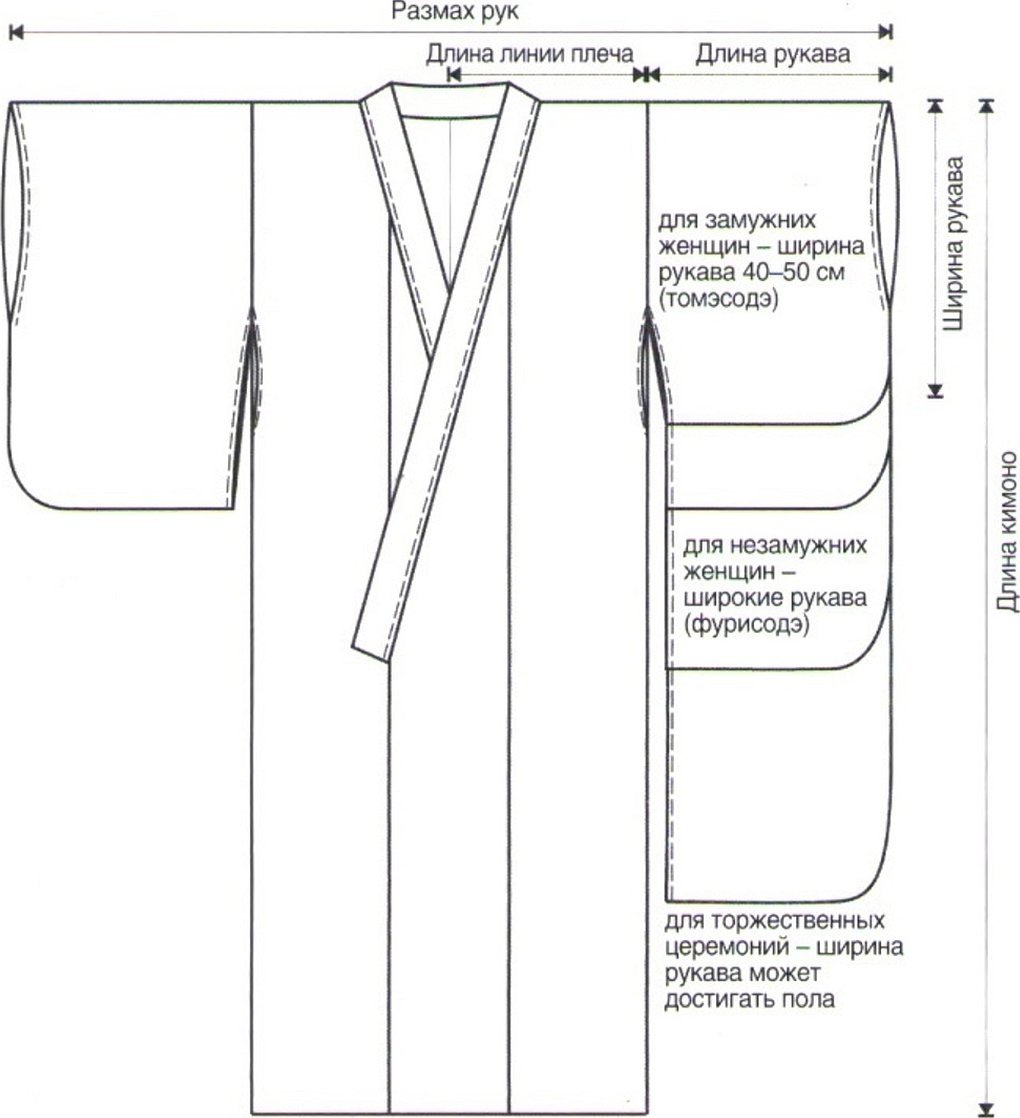
Modeling the pattern
The pattern is modeled depending on the occasion, wishes, and size of the model.
It is recommended to model the pattern from several rectangular parts, excluding the presence of rounded shapes. In this way, the fashionista will save on the cost of the material.
In Japan, soft thread is used to sew the product, which will prevent the possibility of the material being pulled too tight.
Important! When designing a kimono, the main thing is to take into account the aesthetic side of the details, since the product has great historical significance.
Modeling features:
- softness of the product;
- cut without darts;
- made of shiny satin, silk;
- the presence of a pattern in the form of delicate flowers, an embroidered dragon.
Dress cutting
After receiving precise information about the measurements on the basis of which the pattern is constructed, the seamstress can proceed to cutting out the dress.
Step by step instructions:
- Measure the DI, taking into account seam allowances of 5-6 cm in width.
- Cut out the fabric.
- Sew shoulder and side seams.
- Cut out the sleeves and fold them in half.
- Sew in both sleeves.
- Overlock all exposed parts of the material.
- Make two bottom seams on the sleeves.
- Overcast the seam allowance.
- Turn up and topstitch the bottom of the sleeve.
- Gather the skirt at the waistline and finish the bottom with an overlock.
- Turn up and stitch the hem.
Important! To increase the smell, you need to sew an insert into the front part of the dress.
How to sew a dress
To sew a dress you will need the following:
- Material: chiffon, poplin, staple, thin jersey. Width 3 meters.
- Threads to match the color of the fabric, sewing accessories.
Please note! Suitable for girls of sizes 40, 42, 44, 46, 48 … 68.
The pattern is easy to make, for this reason it is appropriate to make it directly on the fabric. The length is determined according to the client's wishes. It is important to consider that the material is used twice as much.
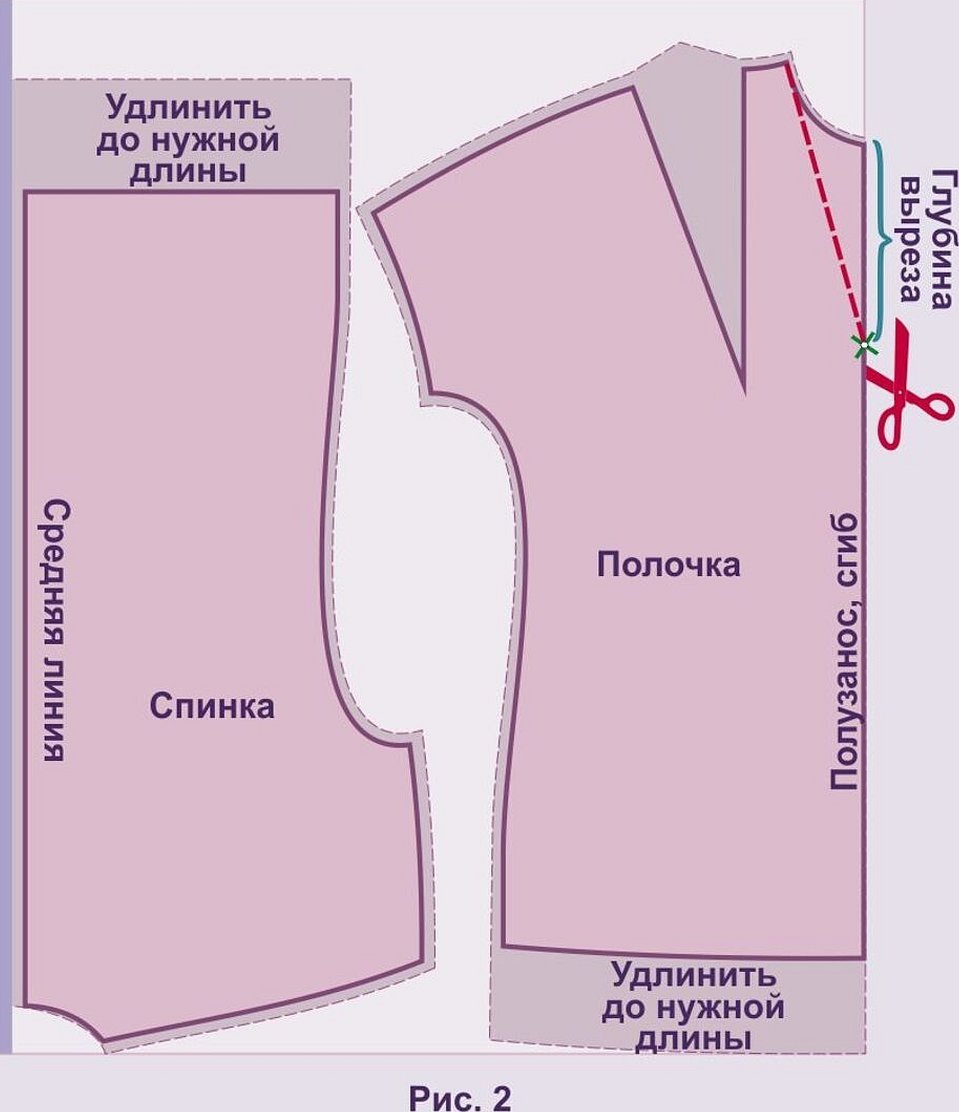
Sewing technology:
- Cut out the piece.
- The roll-out line on both sides of the corners is rounded.
- Make a smooth cutout at the corner of the armpit - it is convenient to do a machine stitch.
- Sew the pieces together, taking into account seam allowances.
- Overlock and sew all free edges with a zigzag stitch.
- Turn over and stitch the edges.
- Iron each seam.
Pattern and sewing of kimono blouse
When sewing we use:
- material;
- interlining;
- fabric for finishing edges;
- buttons;
- awl;
- threads.
The basis of the finished pattern is a straight cut dress.
Instructions:
- Mark the yoke and cut the material along the line.
- Make cuts on the yoke.
- Continue the shoulder line.
- The back is cut narrower than the front.
- Mark the back yoke - the right side is longer than the left.
- Make seam allowances of 1-3 cm, for the bottom edge of the product 3 cm, for the sleeve 1 cm.
- Strengthen the inside parts with interlining.
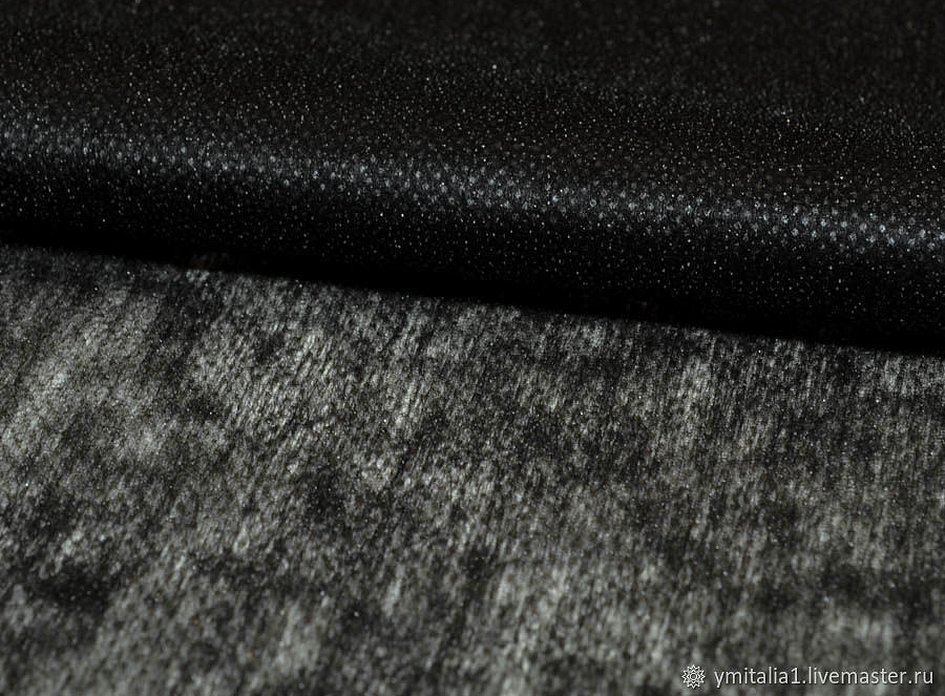
- Sew the shoulder seams of the yokes in pairs.
- Place the yokes with the outer and inner sides facing each other and secure.
- Fold the lower edges and baste.
- Perform machine stitching.
- Iron the item.
- Sew seams on both sleeves, trim seam allowances.
- Finish the edges with piping.
- Sew the yoke to the bottom of the garment and pin it together.
- Sew the side seams.
- For the lower edges of the sleeve, make a double fold.
- Make a loop on the back, sew on buttons.
- Decorate with beads, decorative stitching, braid.

Pattern of a kimono robe with a wrap and sleeves
Robe pattern suitable for sizes 48, 50, 52, 54, 56, 60.
Cut out on fabric:
- belt - 1 pc.;
- pocket facing - 2 pcs.;
- sleeve facing - 2 pcs.;
- shelf facing - 1 pc.
Instructions:
- Cut out the piece for the belt along the grain line; the piece for facing is 9 cm wide and is cut out along the bias line.
- Connect the seams using a basting stitch and pins.
- Sew the parts together and overlock.
- Iron the seam allowances towards the front.
- Sew both sleeves into the armhole.
- Overcast the seam allowances, fold them over and iron them.
- Fold the bias tape in half and iron.
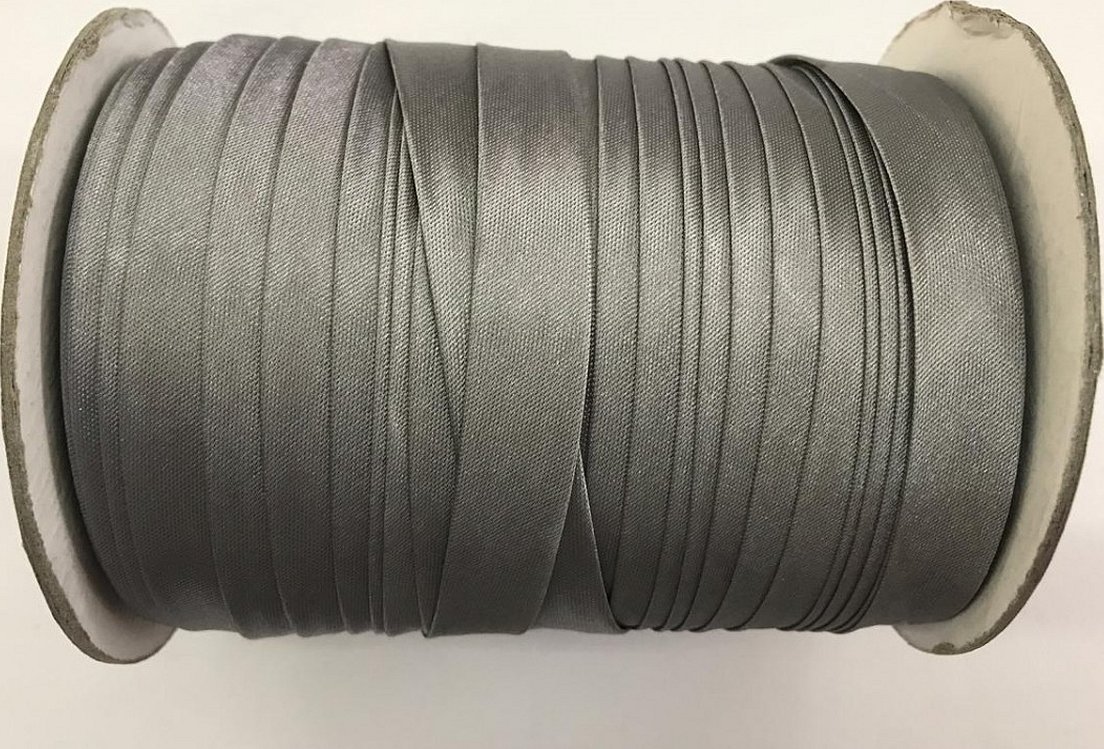
- Place the right sides together and secure with pins.
- Sew the seams.
- Reinforce the pockets with interlining.
- Process the upper edges of the facings.
- Neaten the remaining sides.
- Determine the location for the pocket.
- Secure in place with pins and stitch.
- Fold the robe in half, stitch the sleeve and side seams at the same time.
- Perform the same actions on the opposite side.
- Process the facing of the front and neck.
- Iron the seams.
- Overcast the bottom, fold it over, iron it, and stitch it.
- Sew a belt.
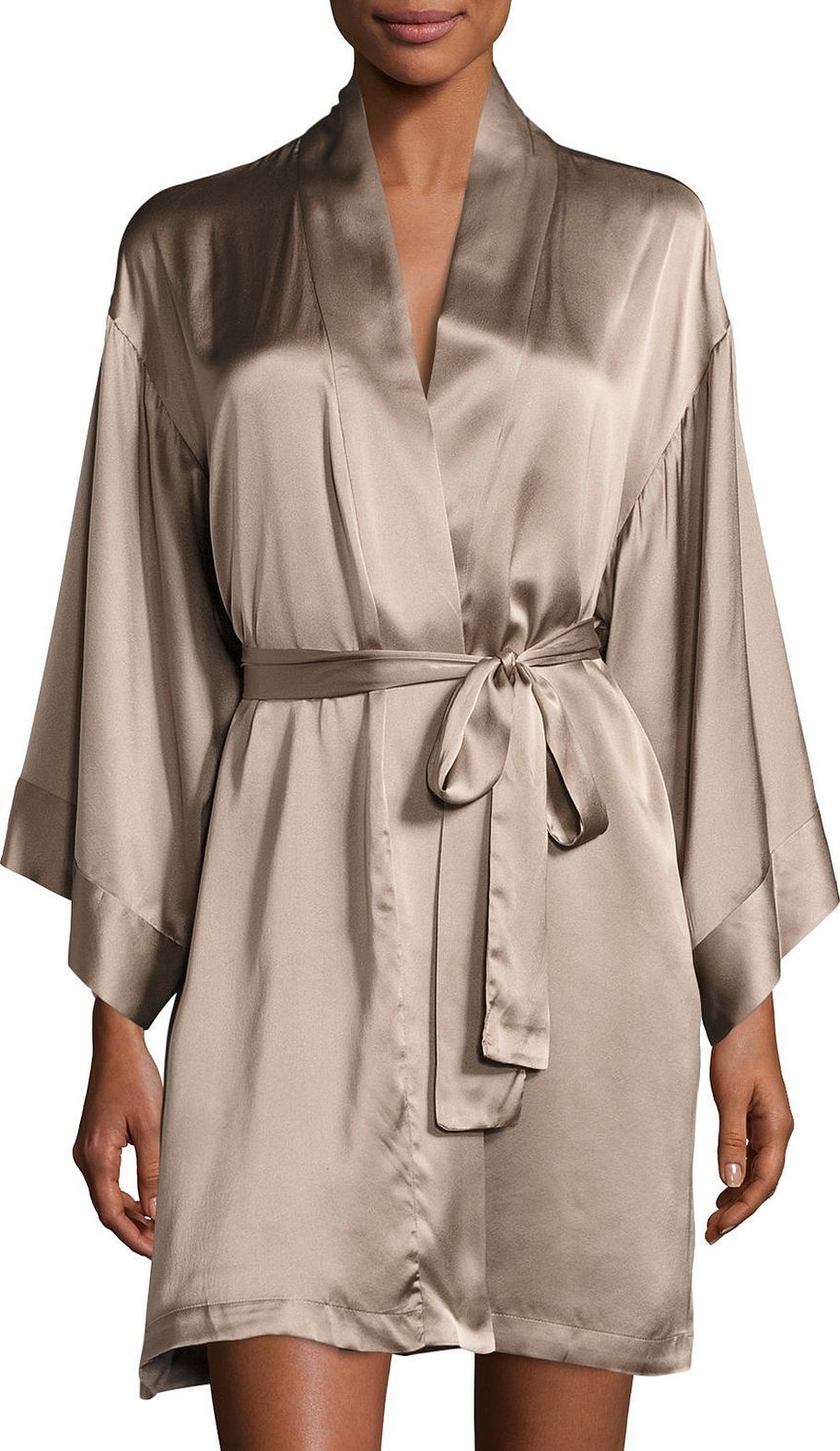
How to sew a kimono robe with your own hands: quickly and without a pattern
To sew a robe with your own hands, you need to choose a light fabric, for example, a terry towel. From this material you get a soft robe for a bath, shower, in which it is cozy to be.
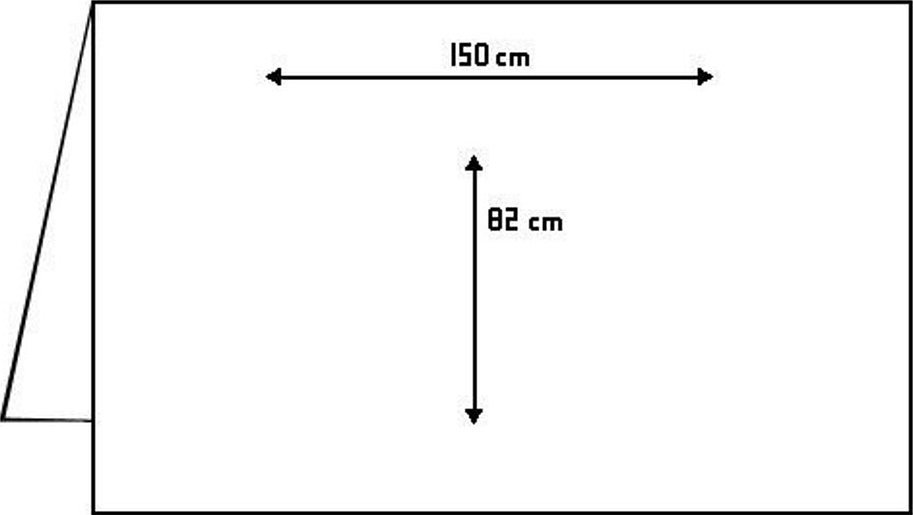
Step by step instructions:
- Prepare the fabric for the cutting procedure.
- Mark the main seams of the future product on the fabric: shoulders, sides.
- Draw a perpendicular line across the front.
- Add seam allowances.
- Cut out the pieces.
- Neaten and overcast the edges.
- Connect the cuts using a basting stitch.
- Sew on a sewing machine.
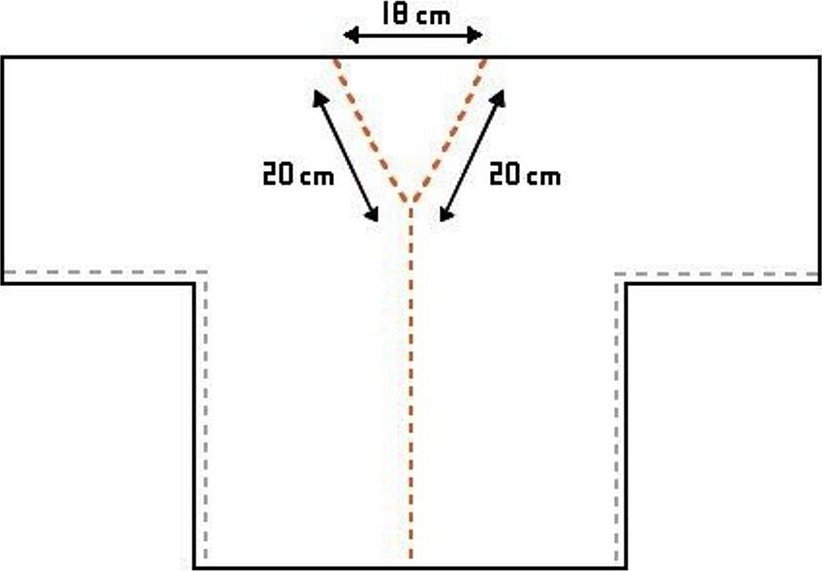
You can also cut out a kimono robe using an oval shape. The finished product will fit women up to size 52.
Please note! The model looks good both in home style and is suitable for evening events.
Instructions:
- Take a piece of fabric measuring 150 x 150 centimeters.
- Measure the width of the back, draw the armhole.
- Make an oval shape from a square of fabric.
- Visually divide in half.
- Set aside 25 centimeters on both sides from the top.
- Armhole dimensions are optional, standard is approximately 18-20 cm.
- Finish the edges with piping, lace, or knitted strips.
The article provides detailed instructions for creating a kimono dress. It also describes the technology for sewing a dressing gown. The fashion magazine "Burda" constantly features models of a similar cut. Both a high-class craftswoman and a novice seamstress can sew the item.




